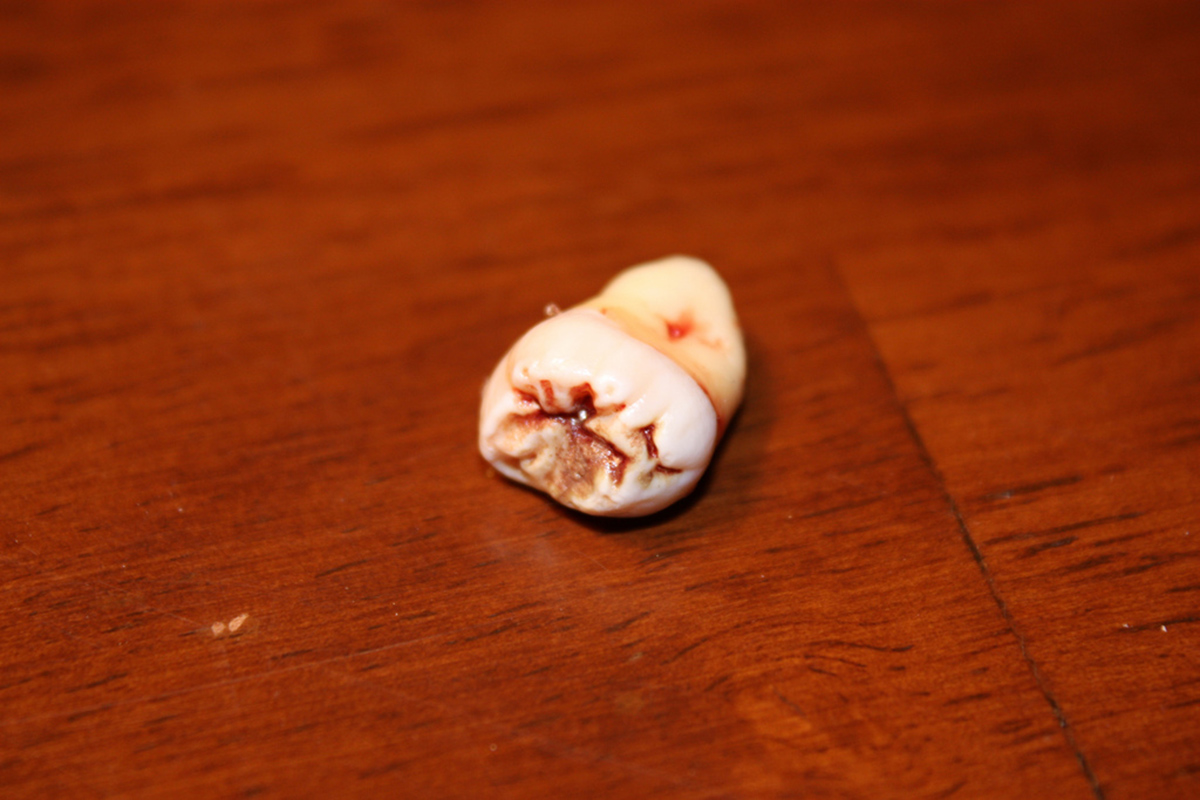Table of Contents
Infection
This is something that can really cause trouble to the patient and needs to be treated aggressively by the attending doctor. Thanks to strict sterilization protocols followed by most clinics around the world, the incidence of infection following extraction has come down dramatically, however it is still quite common. Such situations where infections are transmitted to patients because of unclean instruments or reusing of disposable equipment is much more common in economically backward nations. You as patient can take care of certain things to minimize the chance of this infection occurring. Make sure your doctor is wearing fresh gloves and removing all equipment from sealed packets in front of you.

The occurrence of post extraction infections is more common in medically compromised patients like those suffering from Diabetes, immune-compromised individuals and patients who may not have the mental faculties necessary to understand and follow post operative instructions.
Swelling
Swelling of the face following an extraction can be seen in both infected and non infected cases. It can be a part of normal healing or an indicator of underlying infection. It actually depends upon the specific immune response of the patient and so can be difficult to predict with absolute surety whether a patient will develop swelling or not. Of course, some situations like surgical extractions, traumatic extractions, immune-compromised individuals and presence of a pre-existing widespread infection are more likely to result in swellings than others.
In case you do notice a swelling, you should ask your doctor to have a look and determine if it is just normal healing or something that requires to be treated. In most cases, this swelling appears on the second or third day of healing and persists for two days before subsiding.
Nerve Injury
This is one of the more serious complications following extractions. It can happen during the removal of a lower tooth which is embedded deep in the bone or due to the uncommon anatomic placement of the mandibular nerve. Luckily, with the advent of 3D imaging techniques, doctors have a better idea of what to expect before they actually start the surgery, however incidents sometimes do occur due to human error.
See Also: What To Expect From Dental Implant Surgery
The symptoms to watch out for include a loss in sensation on the side of extraction, a drooping of the lip, difficulty in talking, chewing or swallowing. The severity of this injury can vary according to injury however in most cases no additional treatment needs to be done. The nerve function returns to normal over the period of a few months. In some rare cases the injury is permanent and does not return back to normal.
Conclusion
Overall, the risk for complications with a well planned extraction procedure carried out under standard working conditions is extremely low, however it is better to be aware of some of the things that a patient can encounter.
- Photo courtesy of Spider.Dog via Flickr: www.flickr.com/photos/spiderdog/3865673656
- Photo courtesy of Rdirwin via Flickr: www.flickr.com/photos/dizzyrachel/3571853314
- 1. https://en.wikipedia.org/wiki/Dental_extraction
- 2. http://www.nhs.uk/Conditions/Wisdom-tooth-removal/Pages/Complications.aspx
- 3. http://www.webmd.com/oral-health/wisdom-tooth-extraction

